When it comes to flying an aircraft, the cockpit is the central hub that enables pilots to control, navigate, and manage the airplane. For aviation enthusiasts, student pilots, and those curious about aircraft operations, understanding the main components of an aircraft cockpit is crucial. This comprehensive guide covers the key cockpit instruments and systems that every pilot relies on to ensure a smooth and safe flight.
What is a Cockpit?

The cockpit, also known as the flight deck in larger aircraft, is where the pilots sit and control the airplane. It’s packed with flight instruments, navigation tools, and systems that allow pilots to operate the aircraft from takeoff to landing.
Whether you’re a student pilot, an aviation enthusiast, or a seasoned professional, understanding the components of an aircraft cockpit is key to grasping how planes are flown.
Main Components of an Aircraft Cockpit
1. Flight Instruments: Critical Data at a Glance

Flight instruments are the backbone of the cockpit. They provide pilots with essential information regarding the aircraft’s flight condition.
- Attitude Indicator (AI): Also called the artificial horizon, this instrument shows the aircraft’s orientation relative to the earth’s horizon. It helps pilots maintain level flight.
- Airspeed Indicator (ASI): Shows the plane’s speed relative to the surrounding air, an essential factor in maintaining safe flight conditions.
- Altimeter: Displays the aircraft’s altitude above sea level, which is crucial for avoiding obstacles and maintaining correct flight levels.
- Heading indicator (HI): Provides stable directional information, showing the aircraft’s heading relative to magnetic north. It is more accurate than a magnetic compass and requires periodic alignment during flight. This instrument is essential for maintaining course, especially during instrument flight
- Vertical Speed Indicator (VSI): Measures the rate of climb or descent, ensuring controlled ascent or descent rates during flight.
2. Navigation Instruments: Stay on Course
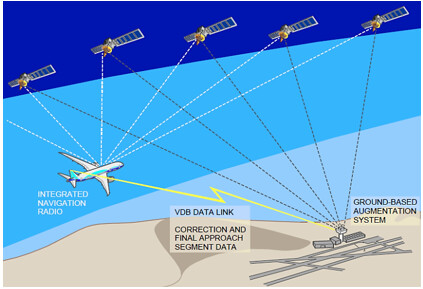
Navigation instruments help pilots determine the aircraft’s position and guide it safely to its destination.
- Global Positioning System (GPS): Modern aircraft heavily rely on GPS for precise location tracking and navigation.
- VOR (VHF Omnidirectional Range): This radio navigation system provides bearing information to help the aircraft navigate from one point to another.
- ADF (Automatic Direction Finder): Points the aircraft toward a specific radio beacon (NDB), helping pilots maintain their route.
3. Engine Instruments: Monitoring Performance
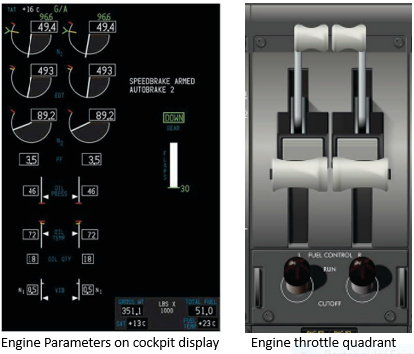
Engine instruments keep pilots informed about the aircraft’s engine status, which is vital for performance and safety.
- Tachometer: Monitors the engine’s RPM (revolutions per minute), ensuring optimal engine performance.
- Oil Pressure and Temperature Gauges: Indicate the health of the aircraft’s engine lubrication system.
- Fuel Gauges: Show fuel levels in the tanks, which is critical for flight planning and management.
- Exhaust Gas Temperature (EGT) and Turbine Inlet Temperature (TIT): These gauges monitor the temperature of engine exhaust gases, particularly important for jet and turboprop engines.
4. Autopilot and Flight Management Systems: Hands-Free Flight
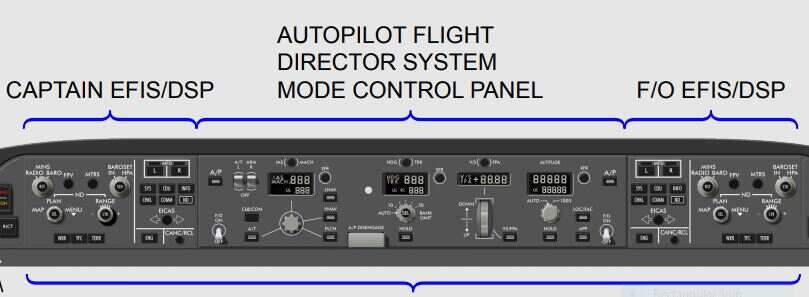
- Autopilot System: Reduces the workload of a pilot and increases the reliability of the aircraft after the system engagement. It can control heading, altitude, and speed based on pre-set inputs.
- Flight Management System (FMS): Automates in-flight navigation, performance management, and flight planning. Modern cockpits often feature integrated FMS, reducing pilot workload during long flights.
5. Communication Systems: Stay Connected
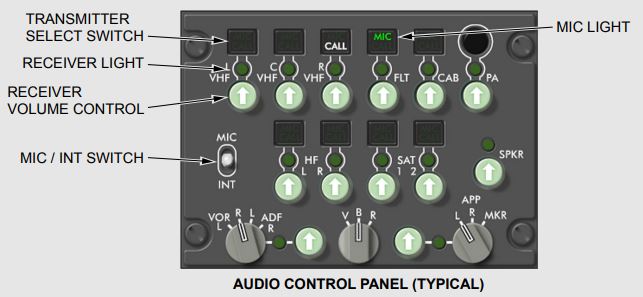
Communication with ground control is essential for the pilots throughout the flight path for a safe flight. The following communication system is used for this purpose.
- Aircraft Radios: Allow pilots to communicate with ATC, relay important flight information, and receive clearance for takeoff, landing, and altitude changes.
- Transponder: Sends out a signal to radar systems, providing aircraft identification and altitude information. Air Traffic Controller (ATC) and other aircraft use this data for traffic management which is very important for safe navigation.
6. Control Systems: The Pilot’s Interface
These are the physical components for a pilot to maneuver and regulate engine power during a flight.
- Yoke or Sidestick: The control column or joystick that manipulates the aircraft’s pitch and roll.
- Rudder Pedals: To change direction along with the control wheel or sidestick pilot needs to use these rudder pedals to achieve an accurate turn in the air. Basically, the rudder pedal is used for yawing, steering, and braking the aircraft.
- Throttle Quadrant: Adjusts engine power, which is crucial for managing speed and climb or descent rates.
- Flaps and Trim Controls: Modify the aircraft’s aerodynamic configuration for different flight phases, such as takeoff and landing.
7. Environmental and Safety Controls: Managing Comfort and Safety
- Pressurization Systems: Keep the cabin at a safe and comfortable pressure level, particularly at high altitudes.
- Oxygen Systems: Provide emergency oxygen in case of cabin depressurization.
- Fire Suppression Systems: Installed to protect both the cockpit and the cabin from potential onboard fires.
8. Modern Cockpit Displays: Digital Overhaul
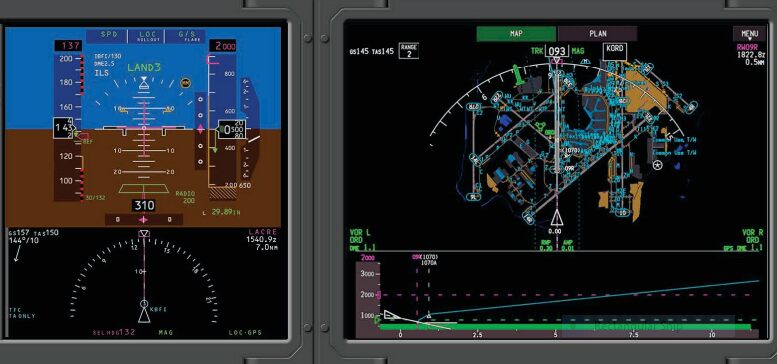
In modern aircraft, traditional analog gauges are often replaced by glass cockpit displays, which provide streamlined information and are easier to read.
- Primary Flight Display (PFD): Combines essential flight instruments like the attitude indicator, altimeter, and airspeed indicator into one digital display.
- Multi-Function Display (MFD): Shows navigational maps, weather radar, and detailed engine data, all integrated into one interface.
9. Warning Systems: Critical Alerts
- Terrain Awareness and Warning System (TAWS): Alerts pilots if the aircraft is in danger of flying into the ground.
- Traffic Collision Avoidance System (TCAS): Warns pilots of potential conflicts with nearby aircraft to avoid mid-air collisions.
- Master Warning and Caution Lights: Highlight critical alerts or system failures.
Conclusion
The aircraft cockpit is a sophisticated control center that allows pilots to fly safely and efficiently. From essential flight instruments to modern navigation systems and communication tools, every component plays a crucial role in ensuring the safety of the flight. Whether you’re a pilot in training or simply passionate about aviation, understanding the core components of a cockpit is key to appreciating the complexity of flying.
If you’re interested in more aviation insights, be sure to follow our blog for expert articles and updates on the latest trends in aviation technology.


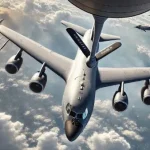

1 thought on “The Essential Components of an Aircraft Cockpit: A Complete overview”
Comments are closed.